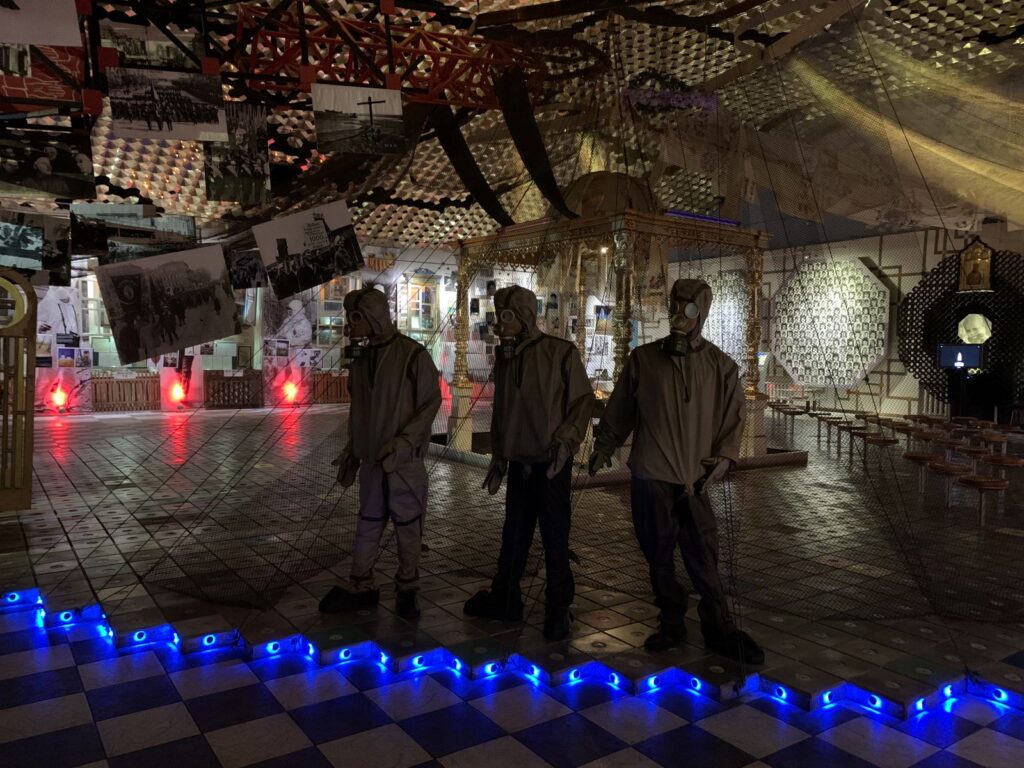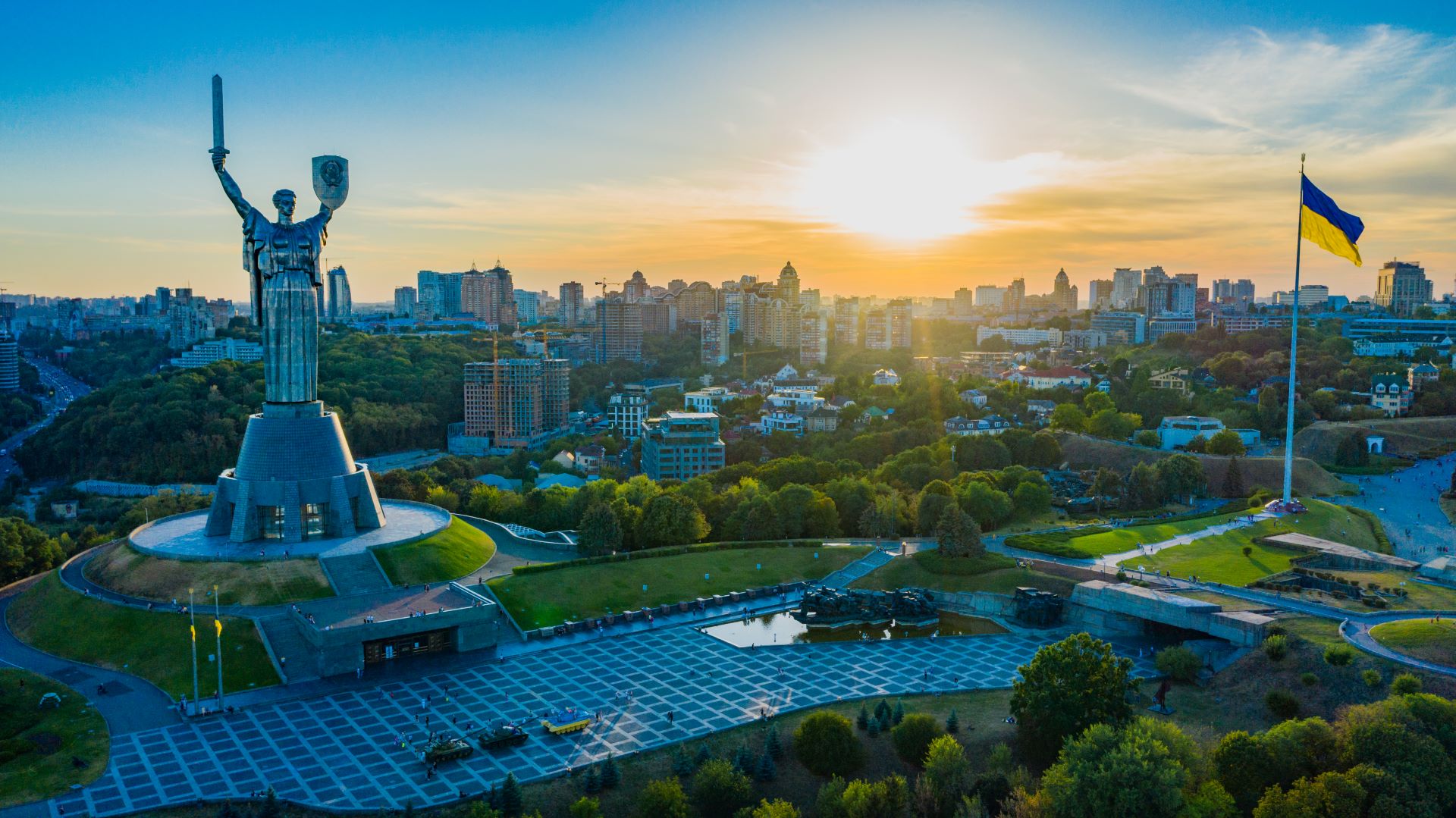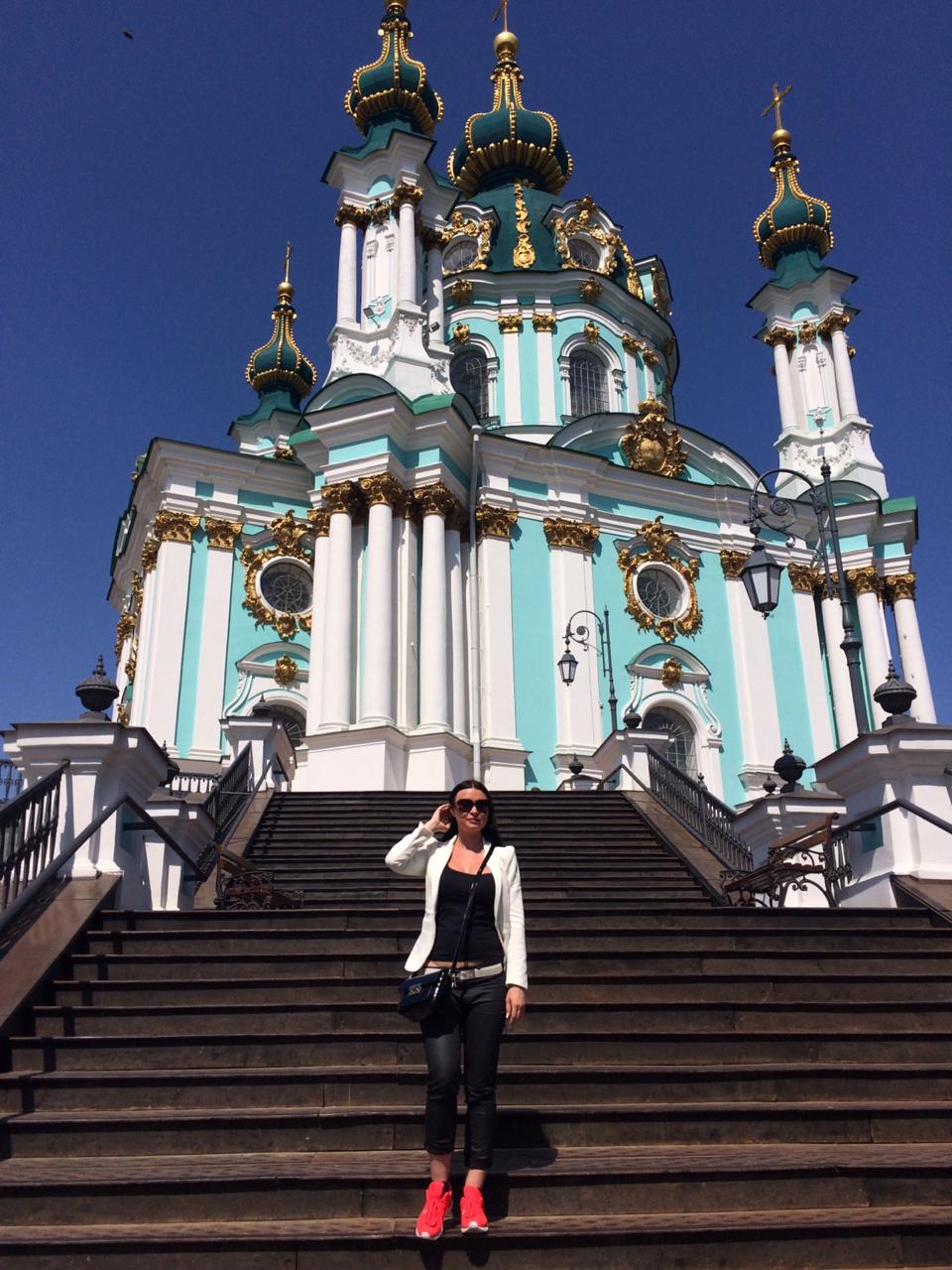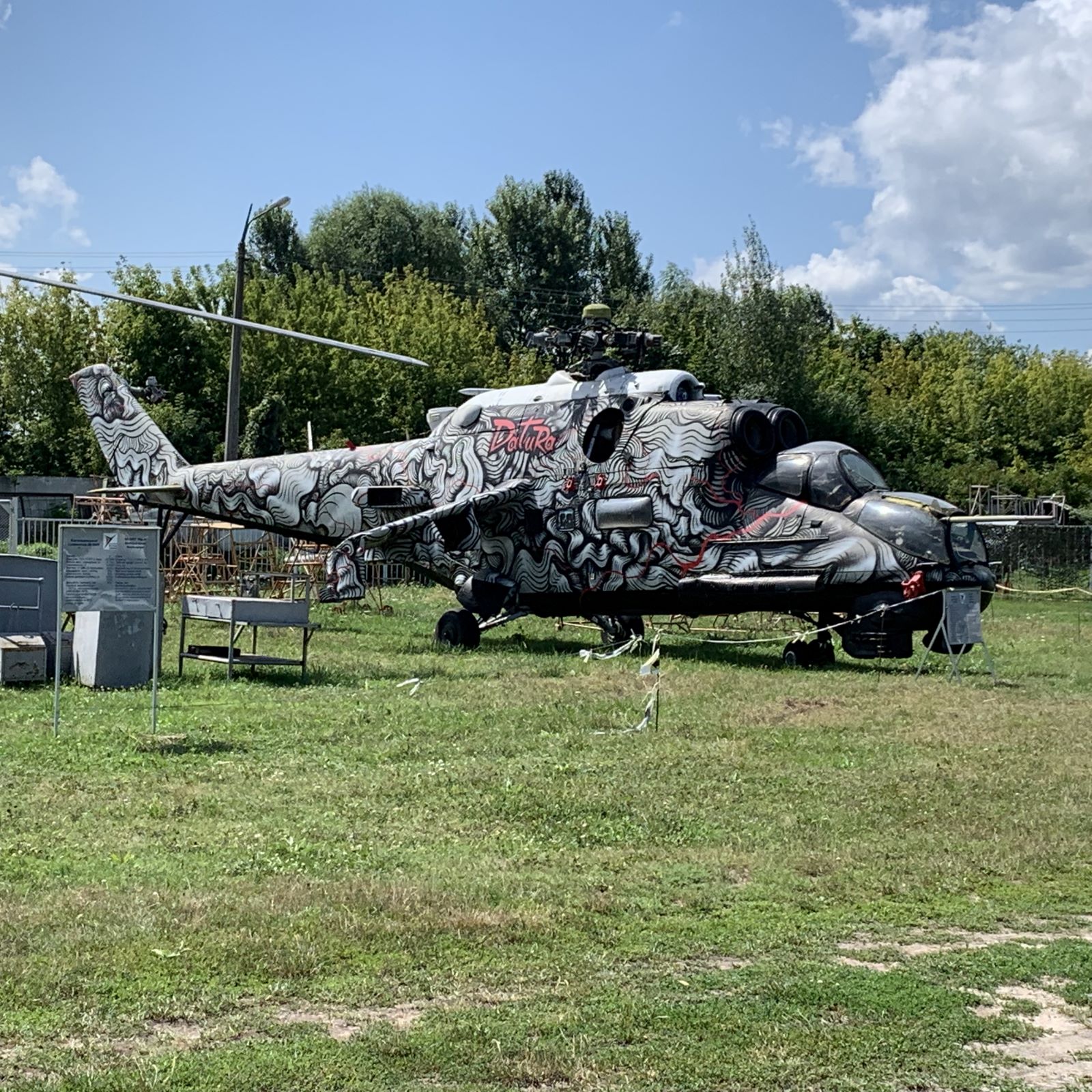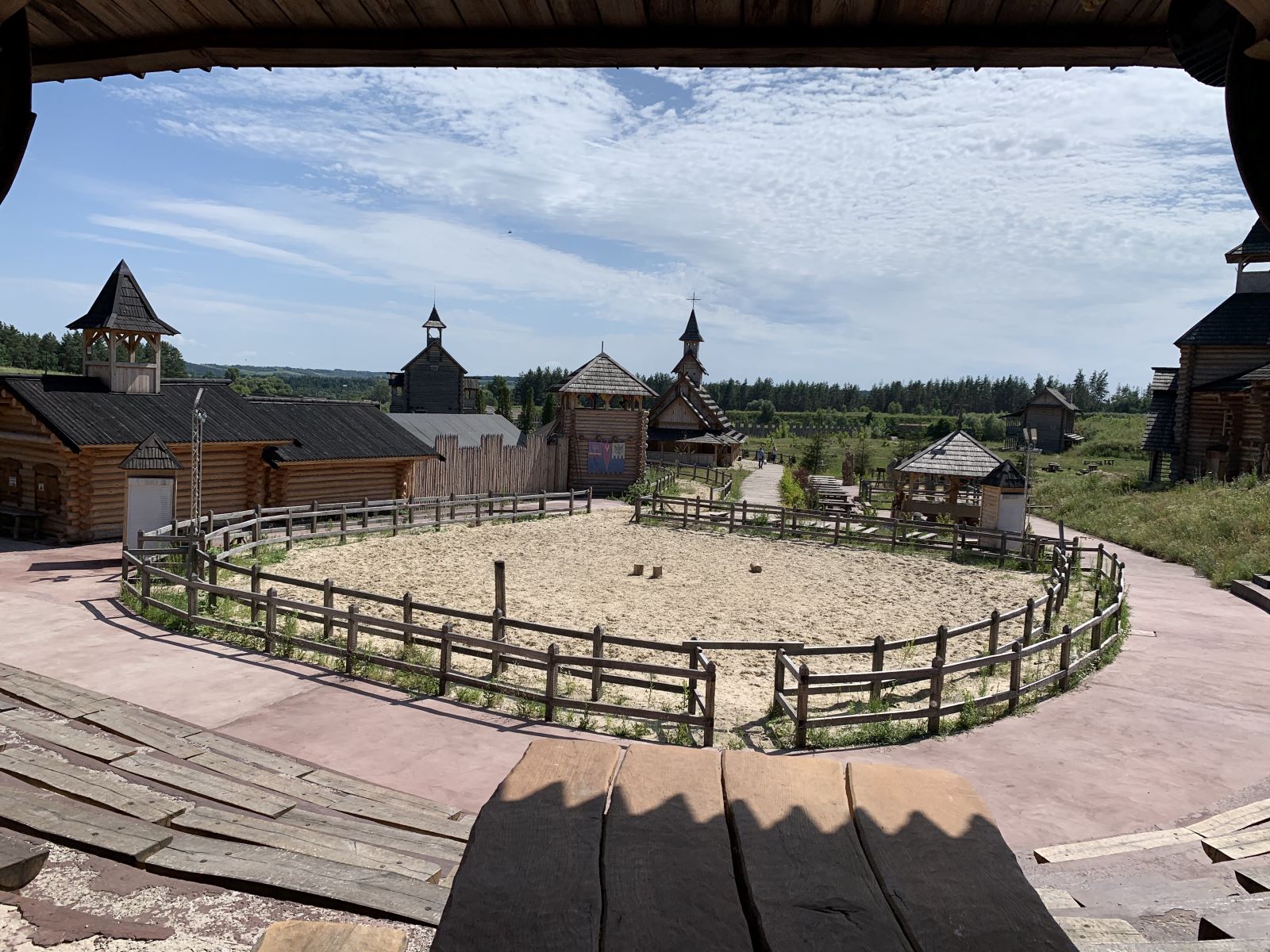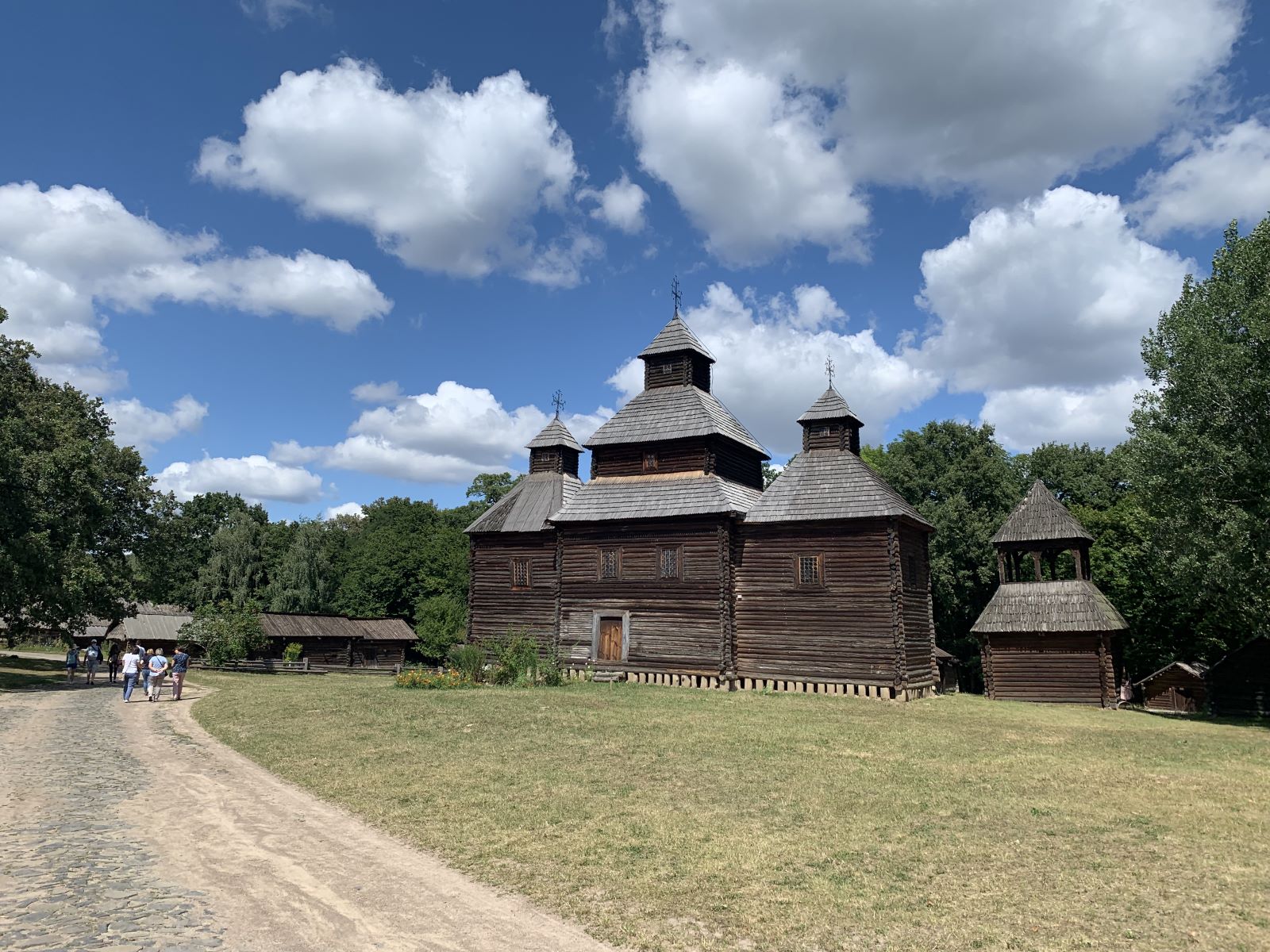Profile
If you’re intrigued by the dramatic impact of the 1986 Chernobyl Nuclear Disaster, then a trip to the Ukrainian National Chernobyl Museum in Kyiv is non-negotiable. This isn’t just a museum; it’s a lesson in the far-reaching consequences of human error.
Chernobyl Museum
The Ukrainian National Chernobyl Museum doesn’t just serve as a repository for historical records; it’s a living monument to one of the most significant nuclear catastrophes ever. Housed in a solemn building in Kyiv, the museum is designed to elicit reflection and engagement. Uniquely, the museum not only focuses on Ukraine but also outlines the global ramifications of the disaster.
1986 Chernobyl Nuclear Disaster and consequences on the World
Unlike other history museums that often stay focused on a local perspective, this museum broadens its scope. It examines the immediate fallout in Ukraine and Belarus but also details how winds carried radioactive material into Western Europe and beyond.
Chernobyl was a wake-up call heard around the world. Its aftermath forced global dialogues on nuclear energy policies, safety protocols, and environmental regulations.
The museum dedicates a whole section to these global dialogues, showcasing how nations have changed their approaches to nuclear energy and disaster preparedness. It’s not just about history; it’s about preventing a repeat of such catastrophic events.
Educational collection of audio, images, and video, and artifacts
The use of varied media forms is crucial for truly grasping the harrowing aspects of the Chernobyl disaster. From haunting audio recordings of emergency responders to shocking images of the destroyed reactor and surrounding areas, each piece adds a layer to the grim story.
The museum offers an assortment of audio clips, videos, and photographic images. You can hear the desperation in the voices of first responders, watch documentaries featuring interviews with survivors, and see photos that depict the stark landscapes left in the aftermath.
The museum is home to a collection of artifacts that make the abstract horror of the event tangible. Items like firefighters’ helmets, children’s toys, and even samples of contaminated soil and plants bring the visitor uncomfortably close to the reality of the event.
These objects serve as more than historical artifacts; they’re poignant reminders of the lives disrupted and lost. Each piece encapsulates a cautionary tale, urging visitors to reflect on the human and environmental costs of technological failures.
Itinerary
Arrival
Arrive at the museum and collect your audio guide for a self-guided tour.
Introduction to Chernobyl
Start with the introductory exhibit that sets the stage for the 1986 disaster and its global implications.
Timeline of Events
Follow a chronological pathway that details the events leading up to and following the nuclear explosion.
Educational Multimedia
Listen, watch, and absorb through a variety of media: audio recordings, video footage, and imagery.
Artifacts Display
Witness objects from the disaster zone, including clothing, equipment, and even samples of contaminated soil.
Interactive Exhibit
Engage with interactive maps and simulations to understand the scope of the disaster.
Global Impact Room
Learn about how the Chornobyl disaster has affected energy policies, environmental regulations, and public health worldwide.
Reflection and Donations
Spend some time in the reflection room and consider contributing to ongoing aid efforts.
Museum Store
Browse through the museum store for educational materials and souvenirs.
Departure
Conclude your visit with a deeper understanding of the Chornobyl disaster and its wide-reaching consequences.
Map
Sorry, no records were found. Please adjust your search criteria and try again.
Sorry, unable to load the Maps API.
